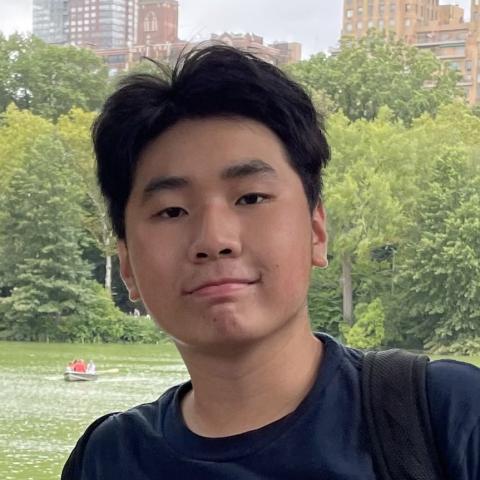
What attracted you to the Keller Center?
I was attracted to the Keller Center through the different opportunities it provided for me to create social impact through entrepreneurship. First taking ENT200 (Creativity, Innovation, and Design), I fell in love with the design thinking process and creative, non-conventional mindsets that we were required to adapt. Therefore, taking it further, during the summer, I participated in TigerChallenge to explore and combat pre-existing, embedded assumptions about the role immigrants plays in U.S. society. I worked with a team to conduct interviews with experts, community engagers, and immigrants from different countries and used design thinking to brainstorm an empathetic solution.
Share an inspiring story about your time at the Keller Center.
From interviewing my team regarding their connections with the subject of immigration, learning from professors, experts, and community members knowledgeable on the history of immigrants, to hearing anecdotes from first and second-generation immigrants on their family's migration story, the most meaningful experience was interviewing 30+ people with diverse perspectives regarding our topic of immigration during TigerChallenge. I was immersed in conversations about the importance of language and America as a "cultural melting pot," "salad bowl," or even a "ratatouille." Through my time at TigerChallenge, I was grateful for the opportunity to listen to the experience and stories of others.
How have you benefited from your involvement with the Keller Center?
TigerChallenge allowed me to develop the design thinking skillsets learned during ENT200 (Creativity, Innovation, and Design) while also giving me the opportunity to improve as a team member, public speaker, and designer. Furthermore, through dedicating my service to exploring and combating pre-existing, embedded assumptions about the role immigrants play in U.S., I was able to further comprehend the themes of the issue by working together with immigrant communities and resources. Because of this, I better understood cooperating and uplifting communities to tackle the core of the problem and provide sustainable solutions, growing as a more empathetic, compassionate leader.